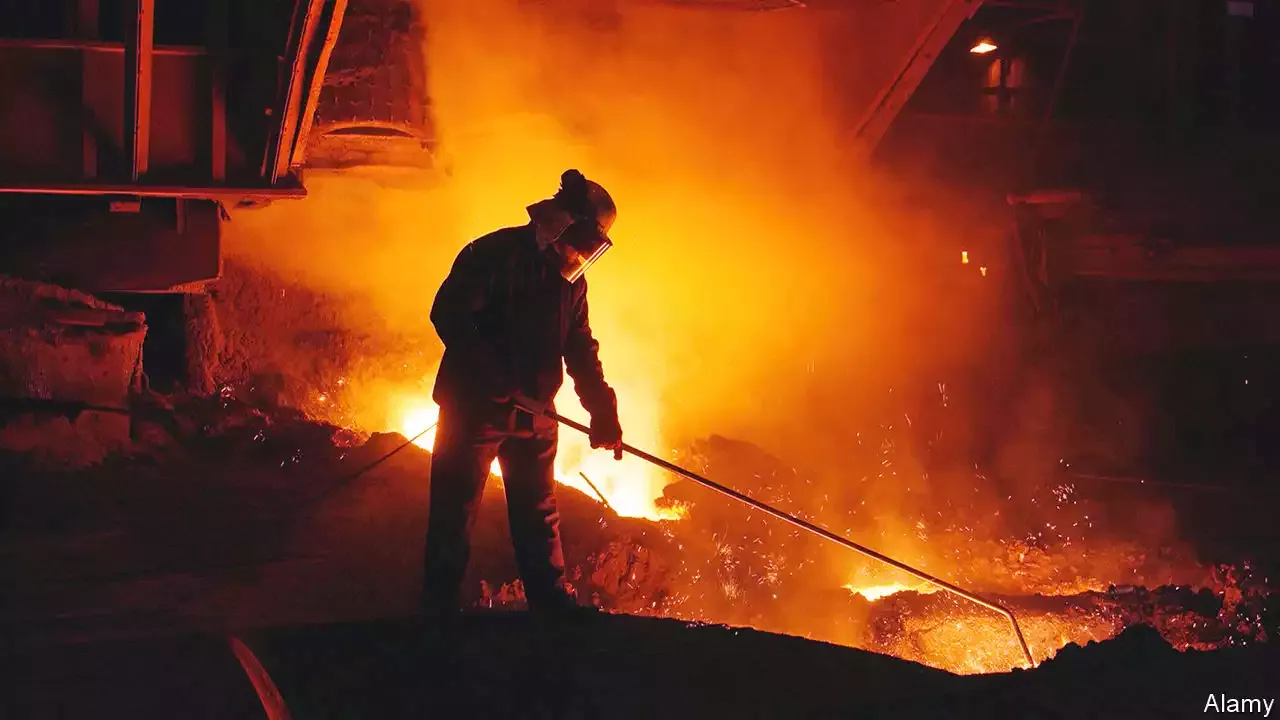through the reaction chamber, the BCNF1 grabs oxygen atoms from the gas and absorbs them into its crystalline structure, leaving behind CO. This cannot go on for ever, though. After about a day, the BCNF1 becomes saturated with oxygen atoms, and so has to be rejuvenated.
For the trial plant to get under way, some hurdles will have to be overcome. One is that besides being a source of CO for the iron-reduction process, the coke also provides a structural support for the ore in a blast furnace, allowing the gas to rise up through it and the molten iron to flow down, so some is still required. One idea the team have is to replicate this support using ceramic materials.
The Port Talbot and Scunthorpe plants could be adapted to use BCNF1 at a cost of around £360m each, the team calculate in a recent paper in the. Of this, £210m would pay for the 42,500 tonnes of perovskite needed by each plant. That material might have to be replaced every five to ten years.
don't hold your breath
You mean carbon emissions _from_steel_making could be cut by more than 90%? Steel making and cement production both account for up to 10% of worldwide anthropogenic CO2 emissions each.
By cutting your articles we can reduce it by 100 percent.
Which will do what?
